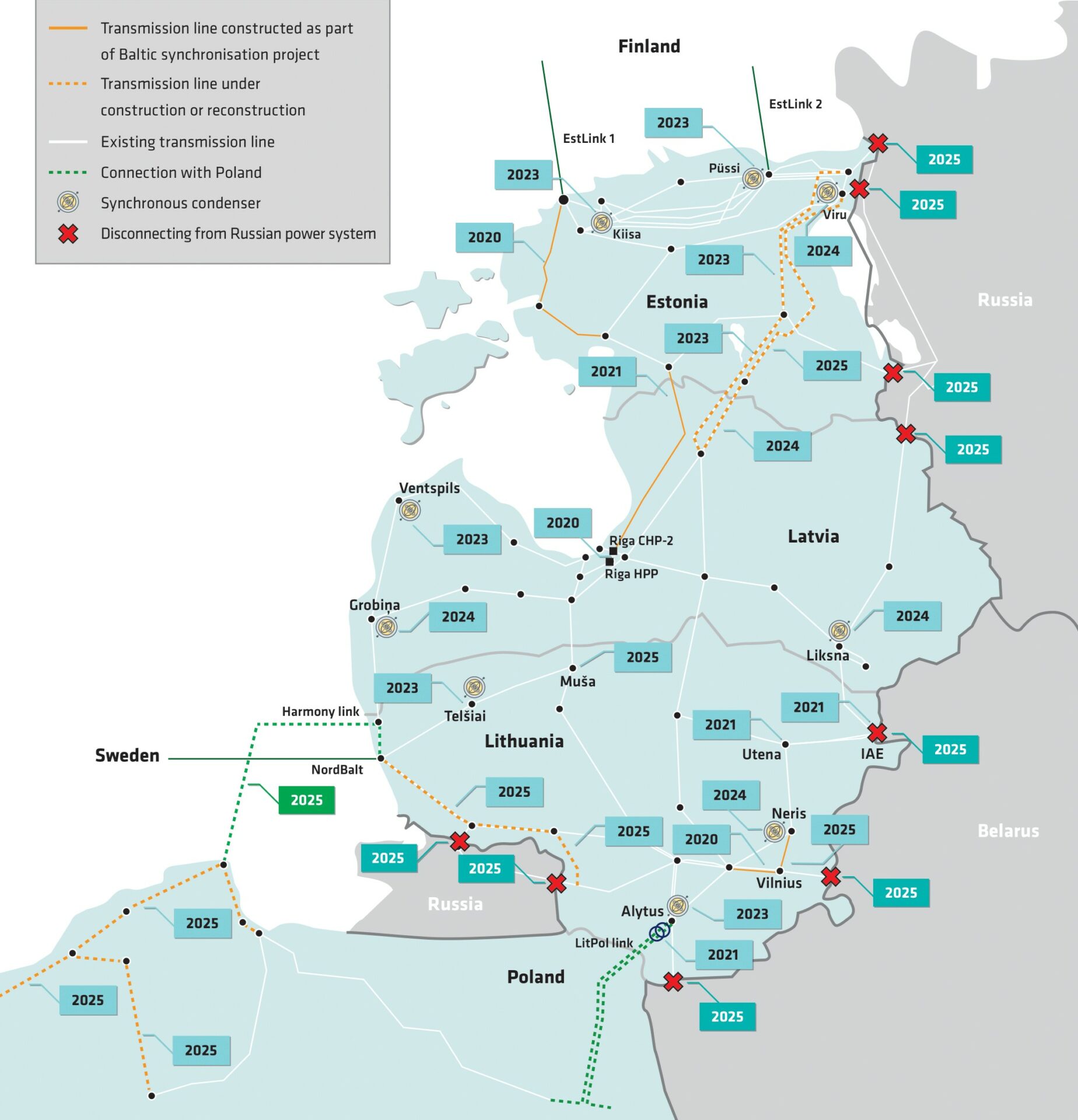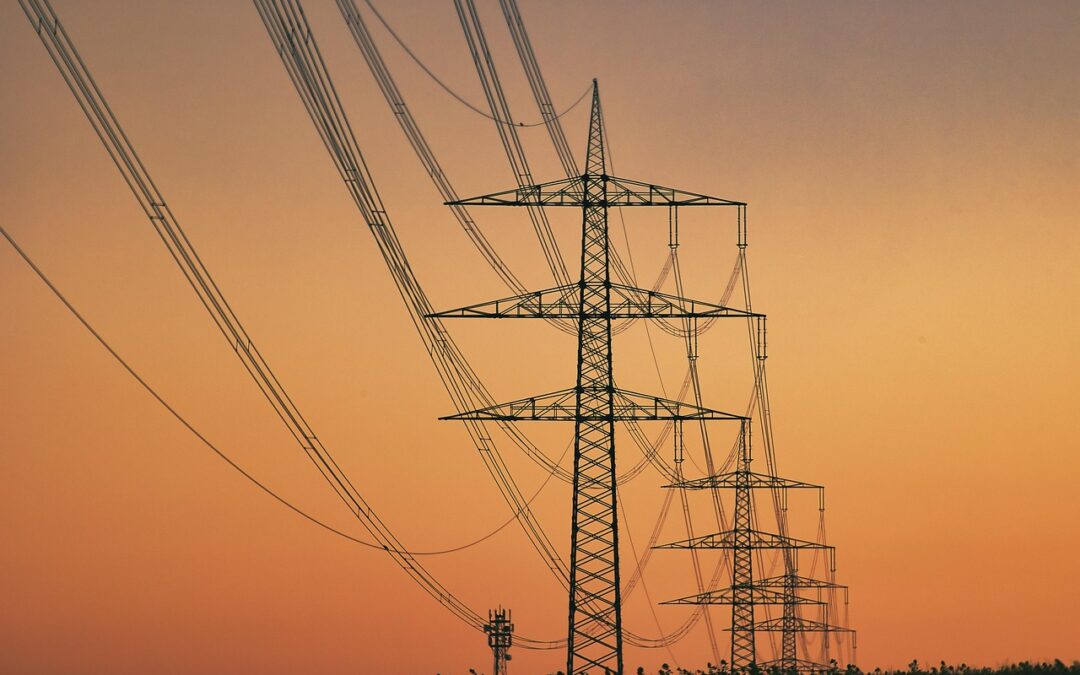Co-optimization study of baltic TSOs cross zonal capacity value between energy and balancing capacity markets
Over the past year, Artelys has provided the TSOs of Estonia, Latvia and Lithuania consulting services related to the use of electricity interconnection capacities to exchanges balancing capacity in addition to energy. Currently, the three baltic states depend on Belarus and Russia to balance their power systems and do not procure any balancing capacity locally.
Since 2007, the baltic states, their european neighbours and the European Union are actively working on synchronising the baltic electricity systems with those of continental Europe. One of the consequences of being synchronized with continental Europe is that the baltic states will need to establish an close cooperation in the balancing markets, in order to be able to compensate forecasting errors and outages, notably of interconnectors with Finland, Sweden and Poland.

Figure 1: Synchronization map. Source: AST.
Given the specificities of their systems, the baltic TSOs have elected to use a balancing reserve sharing approach within their Load-Frequency Control (LFC) block. In this way, the overall quantity of balancing capacity that has to be procured can be reduced compared to an approach based on a national dimensioning and procurement of balancing capacity per country. However, this also means that part of the interconnection capacity between baltic states will need to be allocated to the sharing of balancing reserves, effectively reducing the interconnection capacity available for the exchange of energy.
In this context, the baltic TSOs have commissioned Artelys to provide insights into questions focusing on the implementation of the market-based balancing capacity allocation process in the baltic LFC block, from the way to forecast the market value of cross-zonal capacity for the exchange of energy, to the evaluation of the optimal share of cross-zonal capacity to be allocated to the exchange of balancing capacity and to the exchange of energy.

Artelys Knitro 15.0: New Tools for Your Large-Scale Models
Artelys is pleased to announce the release of Knitro 15.0, which provides new algorithms and performance improvements to solve your large-scale optimisation problems, whether linear or non-linear, more quickly.

Artelys Introduces Future Sight: a Visualisation Tool Supporting the Energy Transition
As partner in the European Climate + Energy Modeling Forum (ECEMF) – a Horizon 2020 Europe project uniting research institutes and leading energy modellers in Europe – Artelys has contributed to modeling activities powered by Artelys Crystal Super Grid modelisation tool, and has led the development of a fully-fledged visualisation tool.

Supercharging Optimisation: How Artelys, FICO and NVIDIA cuOpt Join Efforts to Scale Up Energy System Optimisation
As energy system models continue to scale—reaching up to hundreds of millions of variables and constraints—traditional CPU-based optimisation solvers are hitting performance and memory bottlenecks. These increasingly complex models are essential for planning Europe’s energy transition, yet solving them within realistic timeframes has become a pressing challenge.

Artelys is powering SEleNe CC’s Common Grid Model (CGM) Service
Artelys provides maintenance and support services of the calculation module used to perform the European Merging Function (EMF) at SEleNe CC
subscribe to our newsletters
© ARTELYS document.write(new Date().getFullYear()); • All rights reserved • Legal mentions